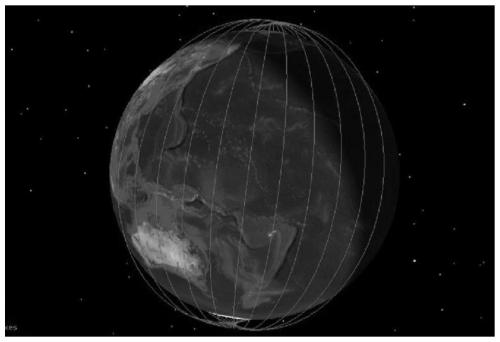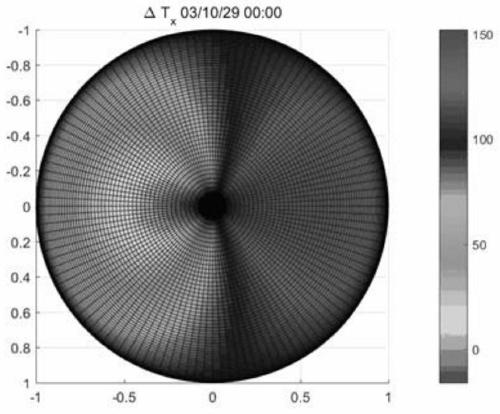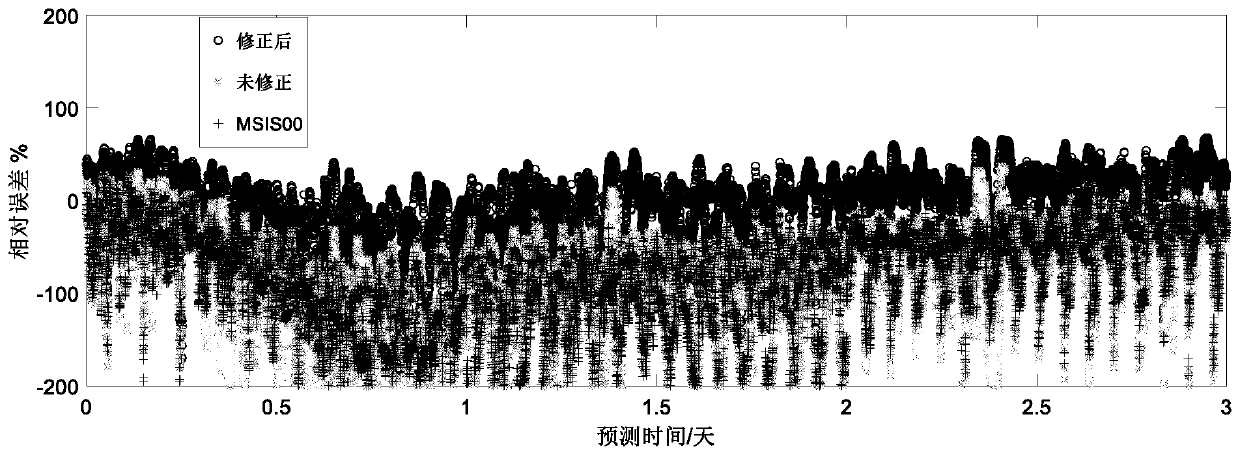Thermal layer atmospheric density prediction method and system based on distributed sensing units
A technology of atmospheric density and sensing unit, which is applied in the field of thermospheric atmospheric density prediction methods and systems, and can solve problems such as inability to popularize the application of orbiting spacecraft, lack of space expansion, and inability to meet high-precision prediction of thermospheric atmospheric density.
- Summary
- Abstract
- Description
- Claims
- Application Information
AI Technical Summary
Problems solved by technology
Method used
Image
Examples
Embodiment Construction
[0078] The present invention will be further described now in conjunction with accompanying drawing.
[0079] like Figure 4 As shown, the present invention provides a method for predicting the density of the thermospheric atmosphere based on the distributed orbital atmospheric sensing unit. Based on the atmospheric sensing data collected by the distributed orbital atmospheric sensing unit, the thermospheric atmospheric model is dynamically corrected to overcome the limitations of the traditional orbital atmospheric compensation method. The defect that the space cannot be expanded satisfies the high-precision prediction of the atmospheric density of the thermosphere.
[0080] The method includes:
[0081] Step 1) Divide the thermospheric atmosphere into multiple cut planes, and multiple space objects running in the orbital plane corresponding to each cut plane are used as distributed orbital atmospheric sensing units to obtain P distributed orbital atmospheric sensing units; ...
PUM
 Login to View More
Login to View More Abstract
Description
Claims
Application Information
 Login to View More
Login to View More - R&D
- Intellectual Property
- Life Sciences
- Materials
- Tech Scout
- Unparalleled Data Quality
- Higher Quality Content
- 60% Fewer Hallucinations
Browse by: Latest US Patents, China's latest patents, Technical Efficacy Thesaurus, Application Domain, Technology Topic, Popular Technical Reports.
© 2025 PatSnap. All rights reserved.Legal|Privacy policy|Modern Slavery Act Transparency Statement|Sitemap|About US| Contact US: help@patsnap.com



